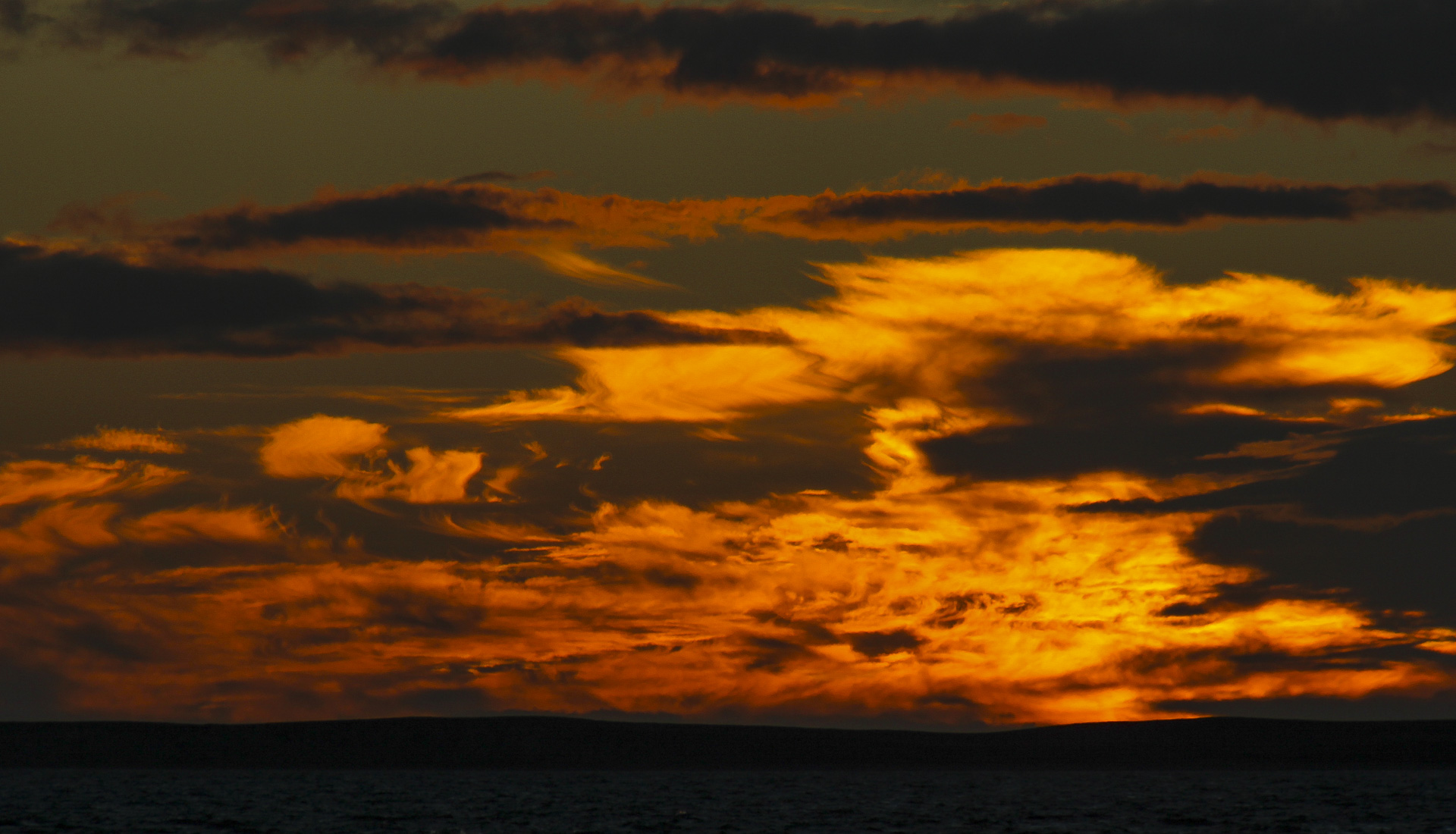
As students, we were taught Tierra del Fuego was named by Ferdinand Magellan for the fires that dotted the coastline as he sailed through this archepelago in 1520. These fires were likely set by the native Selk´nam, a nomadic tribe that used fire to keep warm. The fires of the Selk´nam are long gone, but each autumn Isla Grande de Tierra del Fuego erupts anew in a blaze of reds, oranges and yellows befitting the name “Land of Fire”.
Six native tree species grow in the sub-polar, boreal forest of Tierra del Fuego. Of these six, the Southern Beech Nothofagus pumilio (Lenga) is most responsible for the brilliant fall colors. In April, as the summer winds settle, the lenga’s tiny leaves begin turning brilliant shades of red, yellow and orange. The beauty of a fiery beech forest nestled up to snowy-white mountains all topped by an azure blue sky is simply breathtaking.
Forests make up 30% of Tierra del Fuego but support many birds and mammals. Guanaco, which are generally associated with steppe habitat are readily seen here along forest edges. Forest birds range from the small, but mighty, Tufted Tit-Tyrant to the largest woodpecker in South America, the Magellanic Woodpecker. Magellanic Woodpeckers males are magnificent with their mostly black bodies and their bright crimson head but it is really the curly topped crest of the female Magellanic Woodpecker that really steals the show!
Another showy bird that can be seen on the island is the King Penguin. In 2010 a breeding colony of 8 individuals was discovered in Bahia Inútil (Useless Bay). The colony now numbers over 100 birds and is the only breeding colony for these amazing birds on the South American continent. The penguin colony is protected by the Parque Pinguino Rey and can be seen any time of the year, not just autumn.

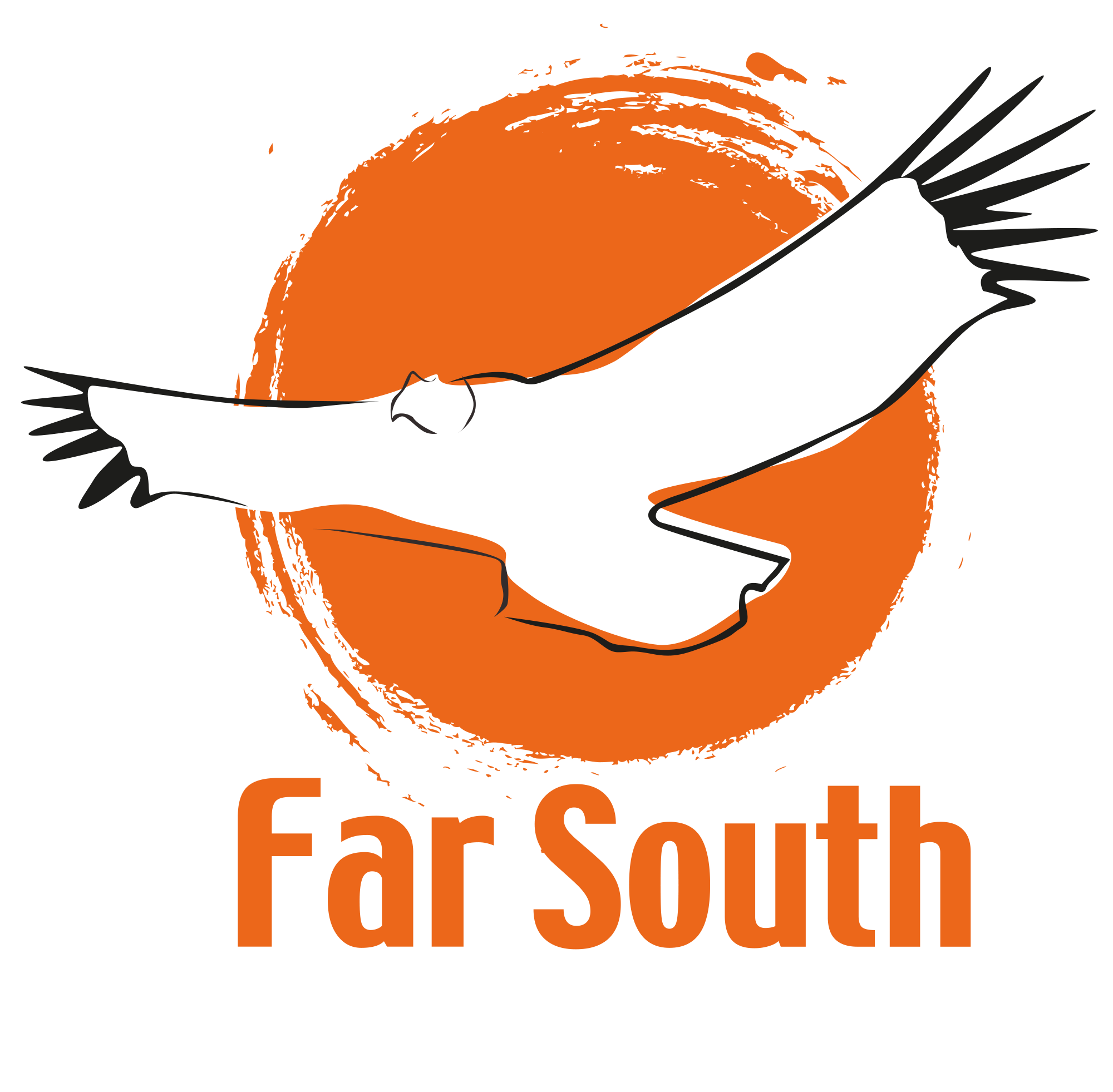
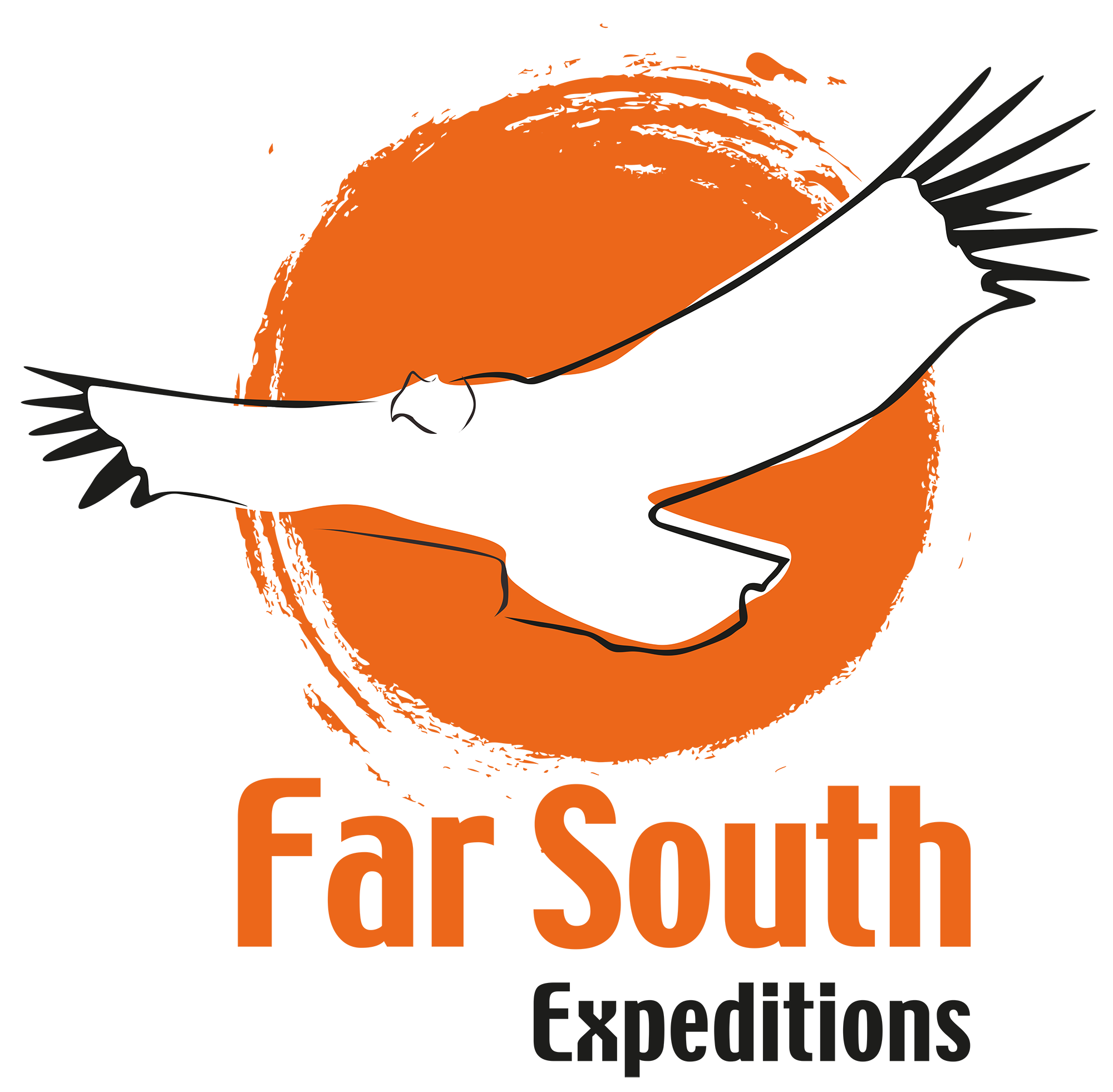
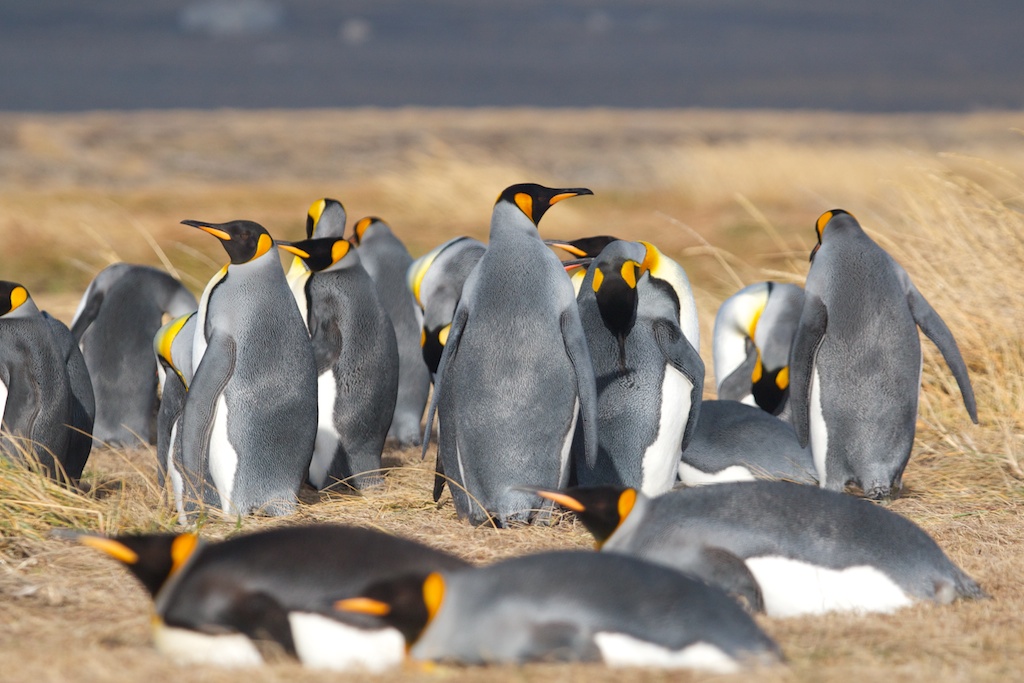
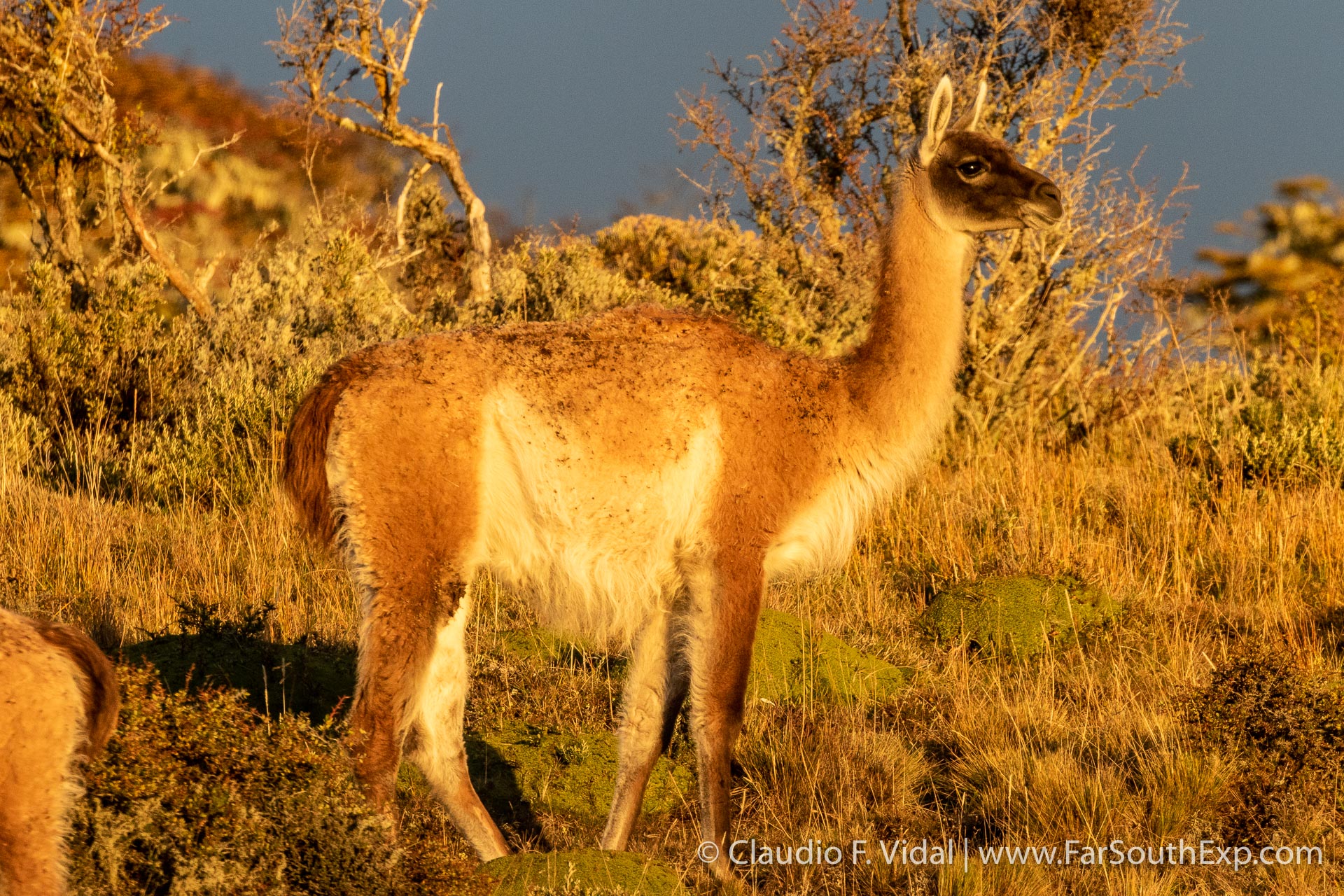
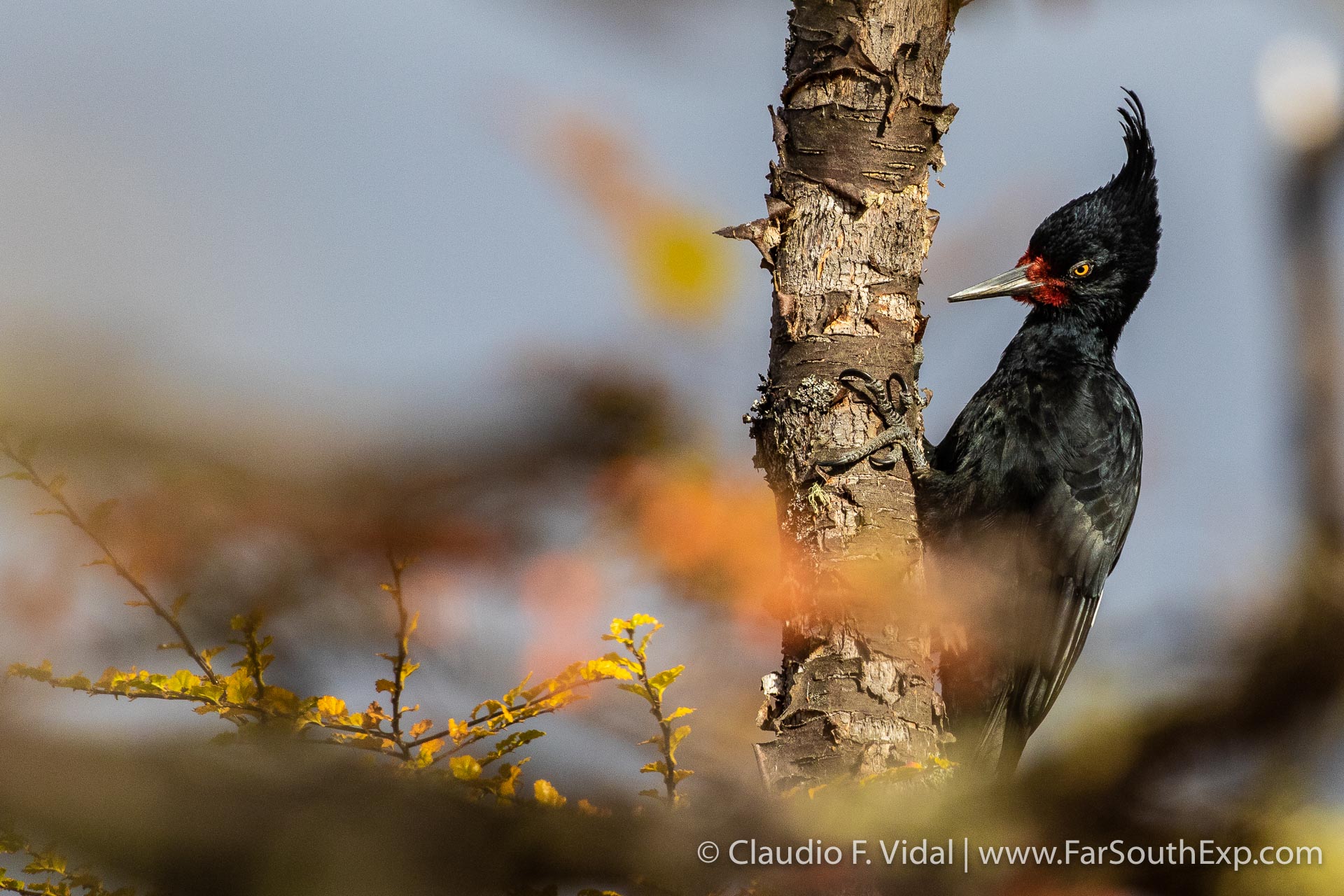


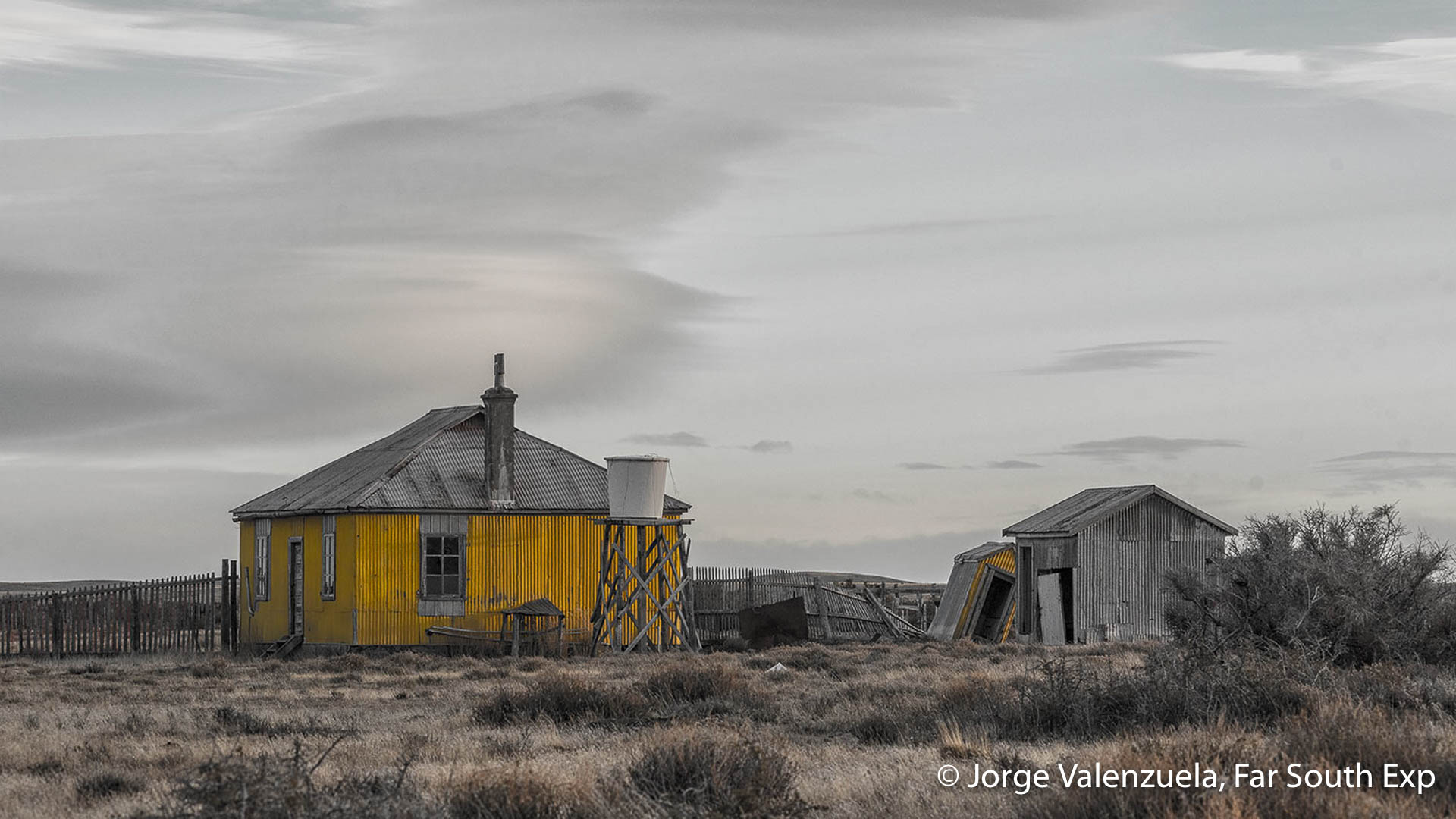
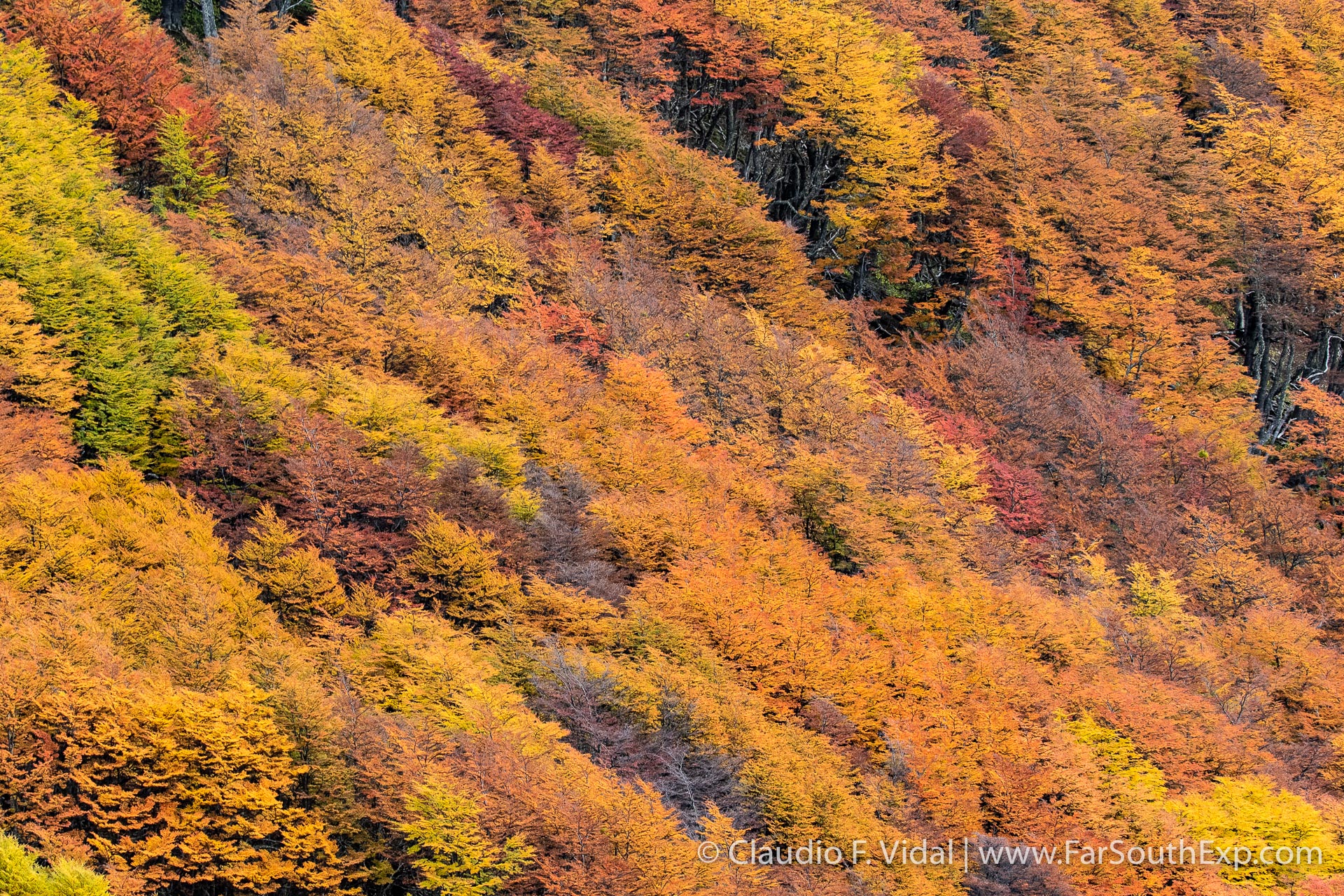
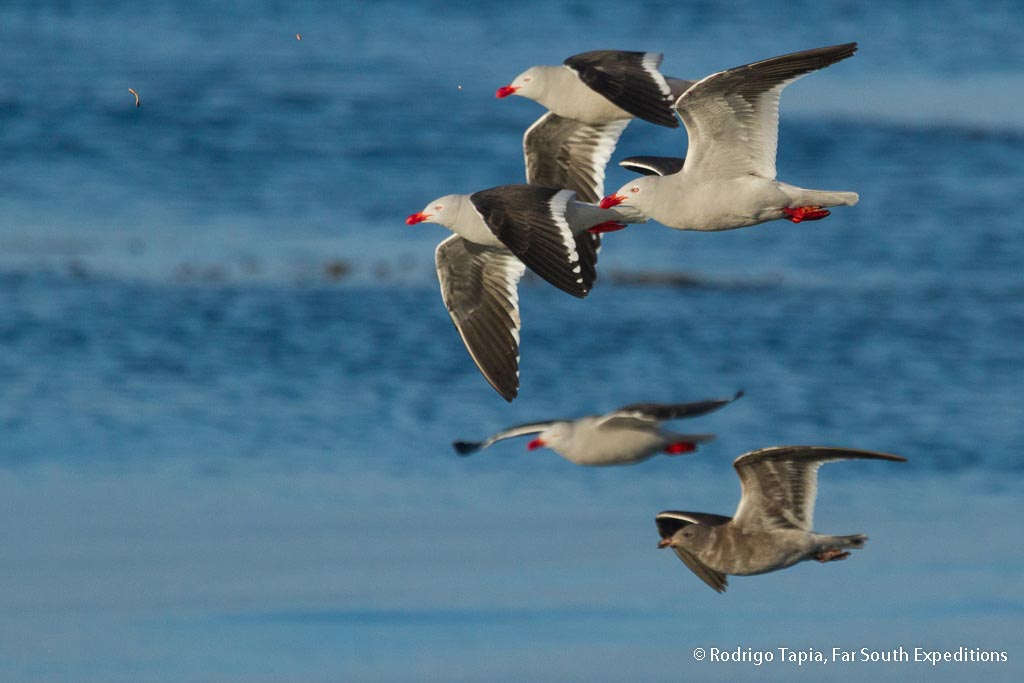
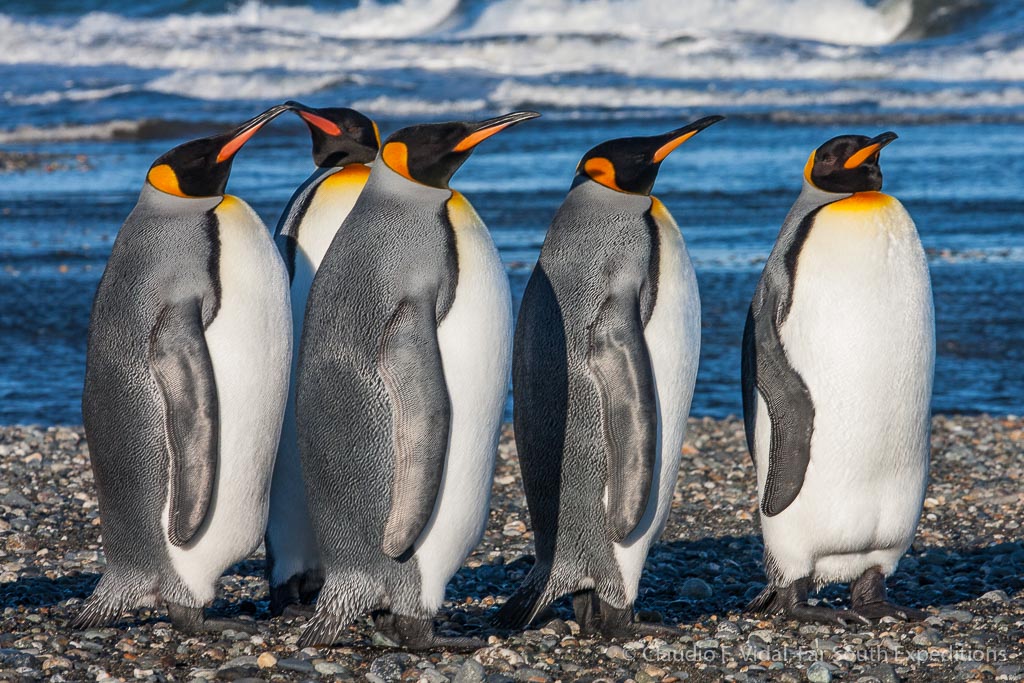




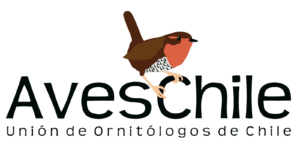
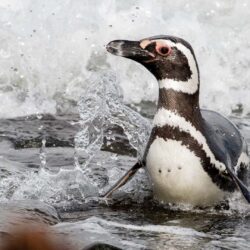
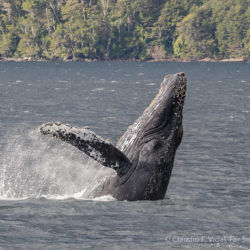

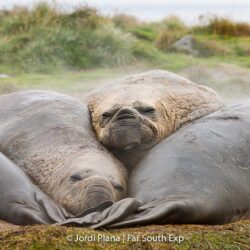
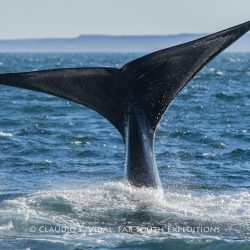

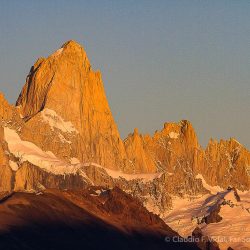
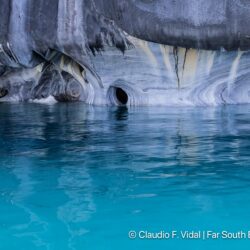
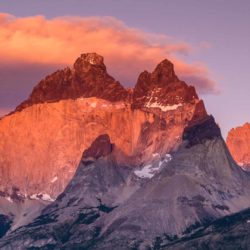


Leave a Reply
Your email is safe with us.